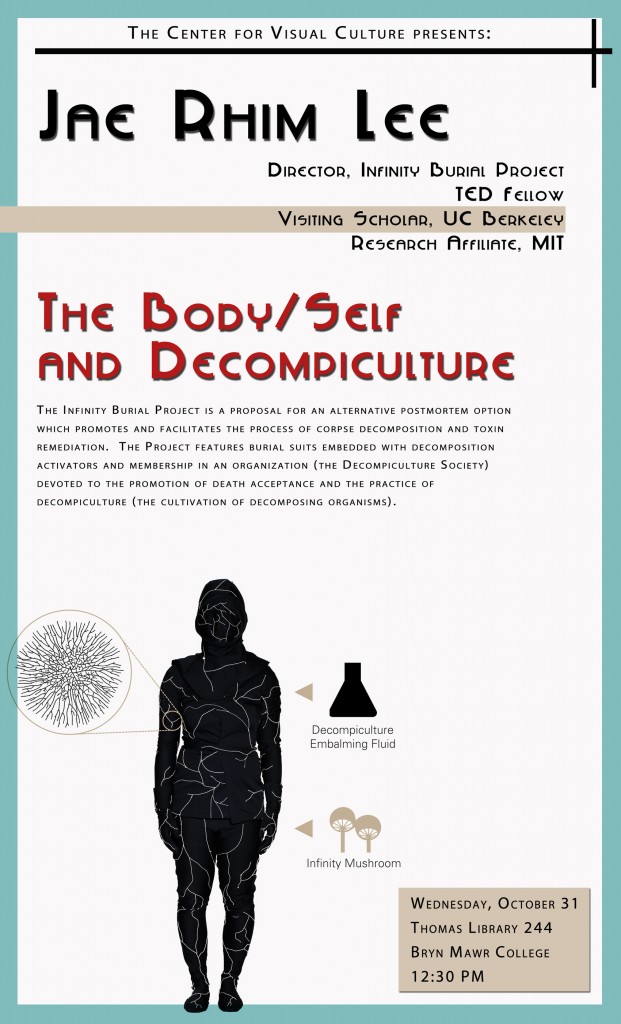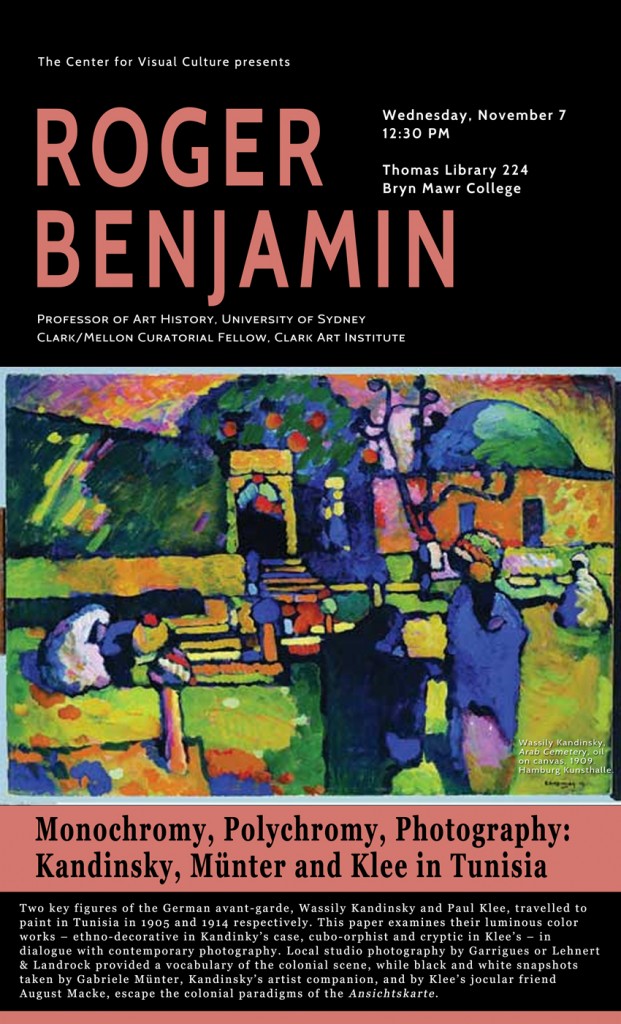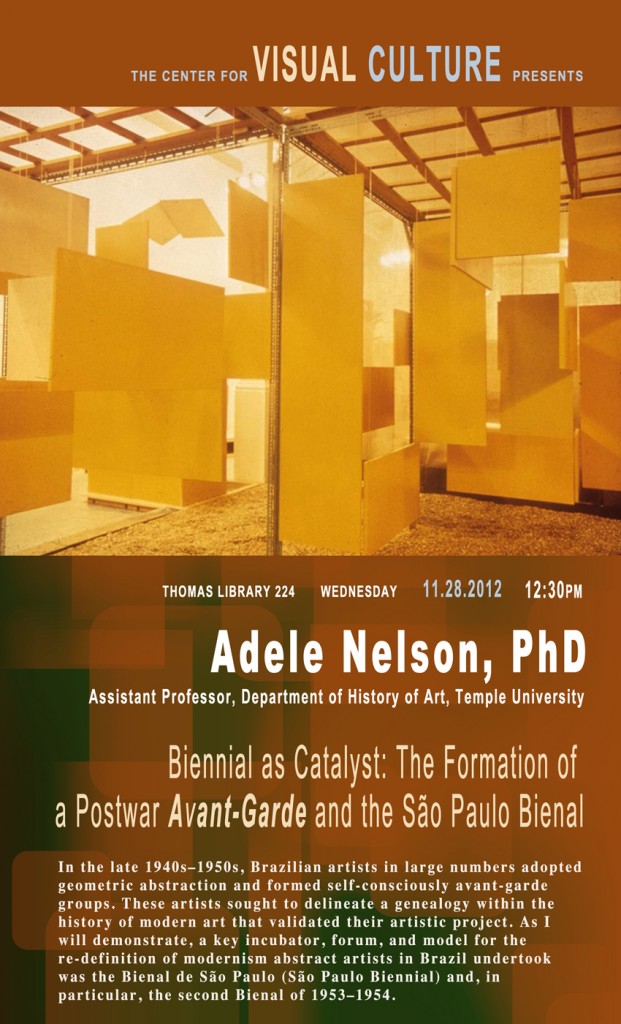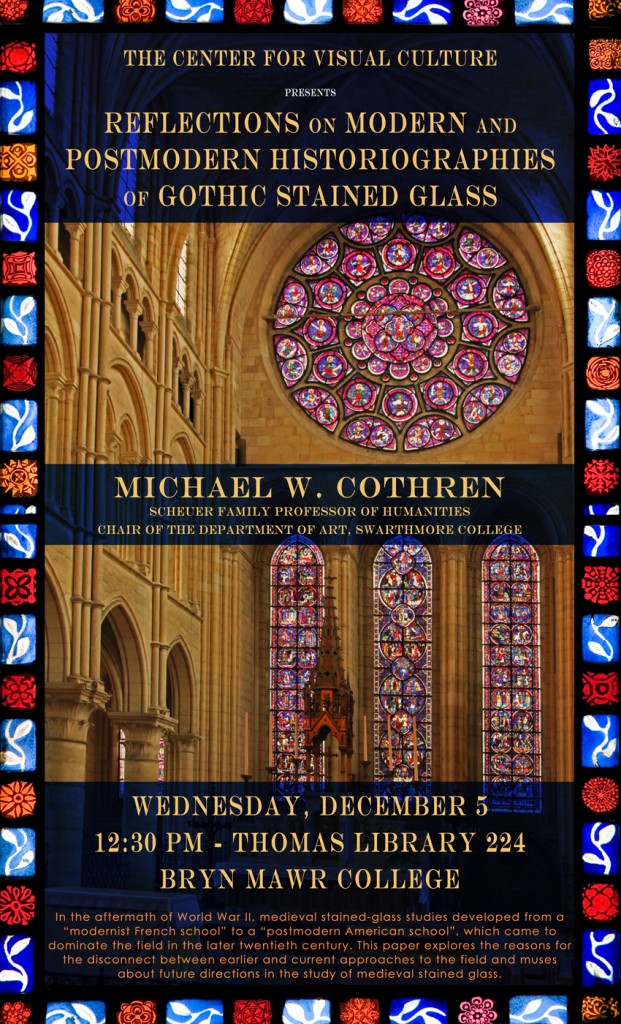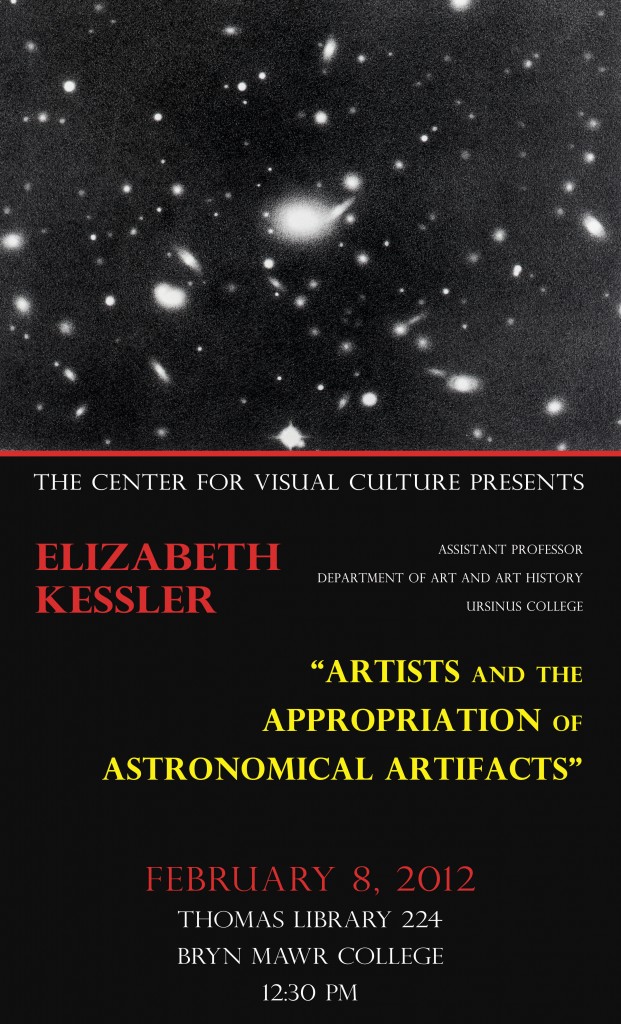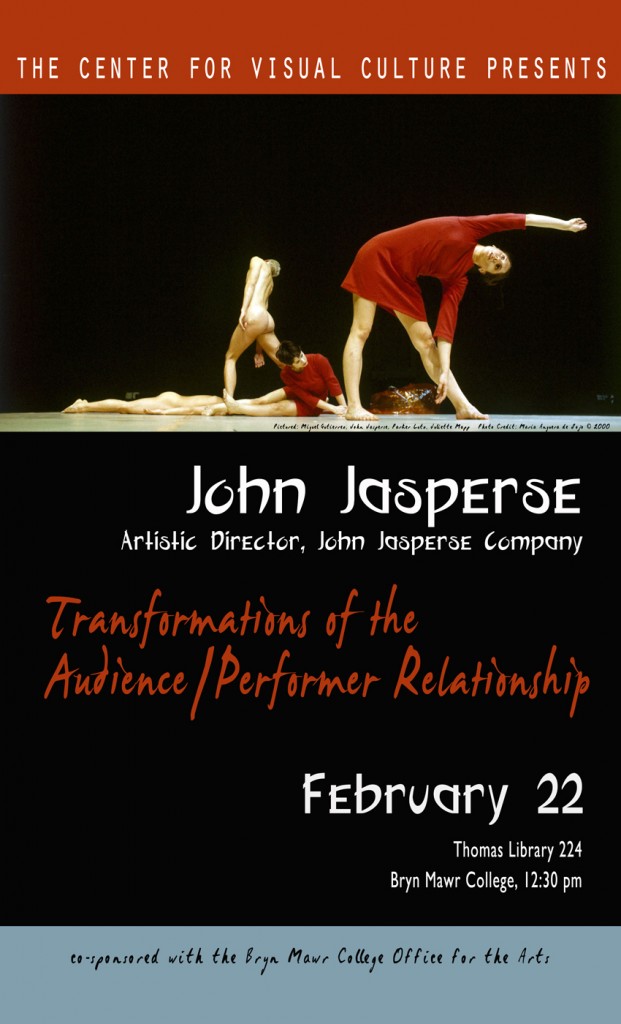Director, Infinity Burial Project
TED Fellow
Visiting Scholar, UC Berkeley
Research Affiliate, MIT
“The Body/Self and Decompiculture”
Jae Rhim Lee will discuss her latest project, the Infinity Burial Project. The Infinity Burial Project is a proposal for an alternative postmortem option which promotes and facilitates the process of corpse decomposition and toxin remediation. The Project features the training of existing edible mushrooms to decompose and remediate toxins in human tissue (Infinity Mushroom), the development of a decomposition ‘kit’ consisting of a cocktail of capsules which hold various decomposing organisms (Decompiculture Kit), burial suits embedded with decomposition activators, and a membership society (the Decompiculture Society) devoted to the promotion of death acceptance and the practice of decompiculture (the cultivation of decomposing organisms).

